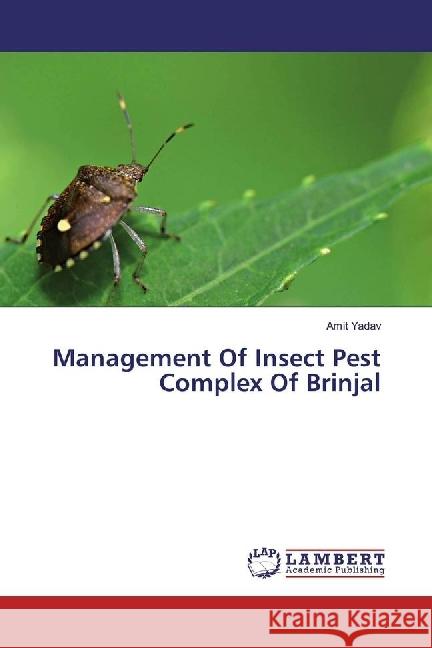Management Of Insect Pest Complex Of Brinjal » książka
Management Of Insect Pest Complex Of Brinjal
ISBN-13: 9783330083134 / Angielski / Miękka / 2017 / 72 str.
Brinjal is susceptible to adverse environmental conditions like severe frost, as well as long and warm growing season. However, the development of newer varieties and crop production technology have made possible to raise the crop all the year round. Globally, China ranks first in the production of brinjal (56% of world output). India ranks second, contributing 10378 (in 000 MT) to the world production. In India, this crop occupies 6 lakh hectare area along with annual production of 10378 (in 000 MT) and productivity 17.2 MT per hectare. In Uttar Pradesh, the area under cultivation of brinjal is 2900 ha producing 22,000 MT and the productivity is 7.58 MT/ha (NHB, Database, 2008-09). This important crop is subjected to attack by many insect pests throughout its growth period which act as limiting factor in its profitable cultivation. The important insect pests are shoot and fruit borer (Leucinodes orbonalis Guenee), lace-wing bug (Urentius sentis Distant), hadda beetle (Epilachna vigintioctopunctata Fabricius), jassid (Amarasca biguttula biguttula Ishida), brinjal stem borer (Euzophera perticella Rag.), White Fly, Bemisia tabaci (Genn.), While its minor pests include aphid (Aphis











